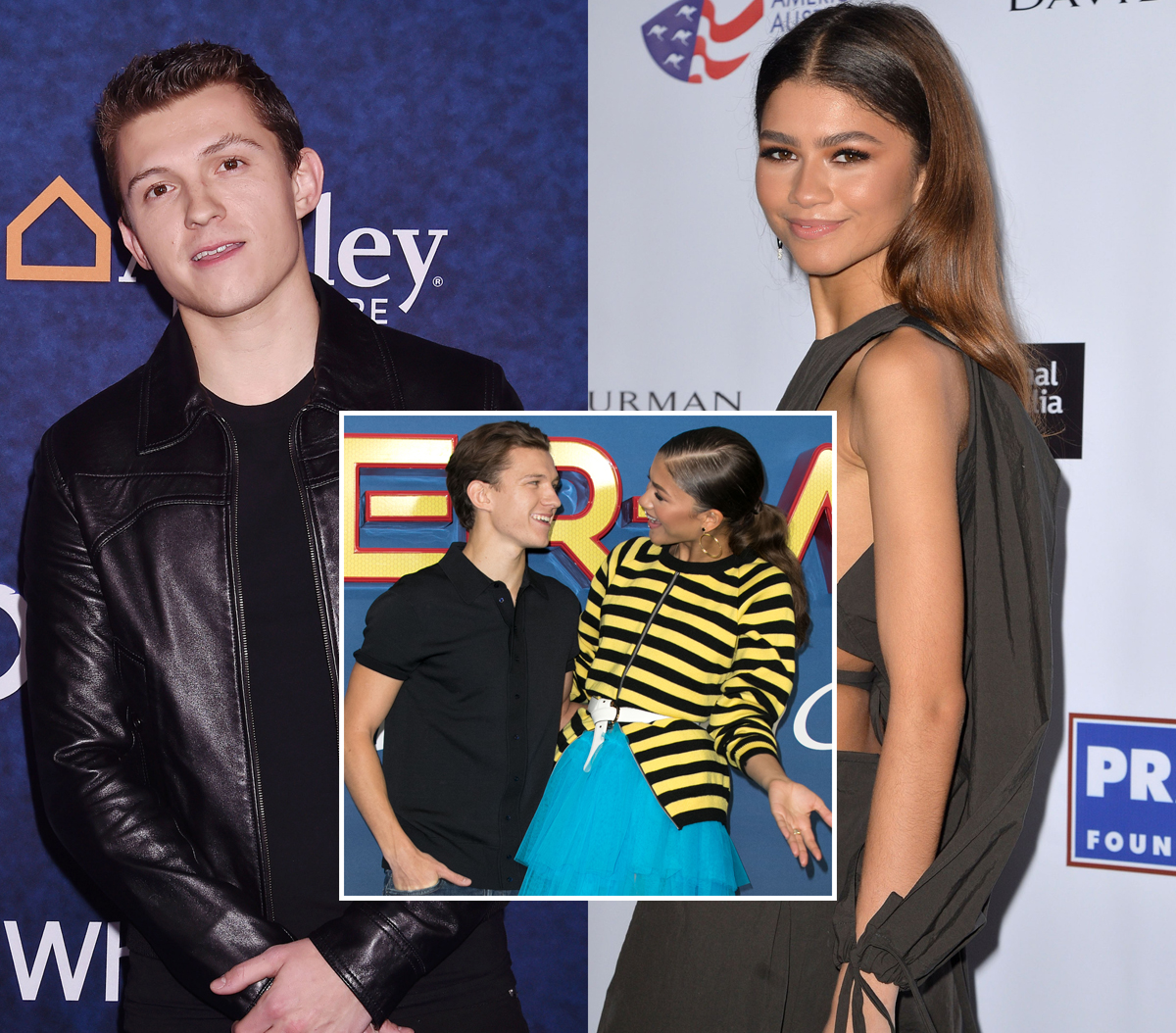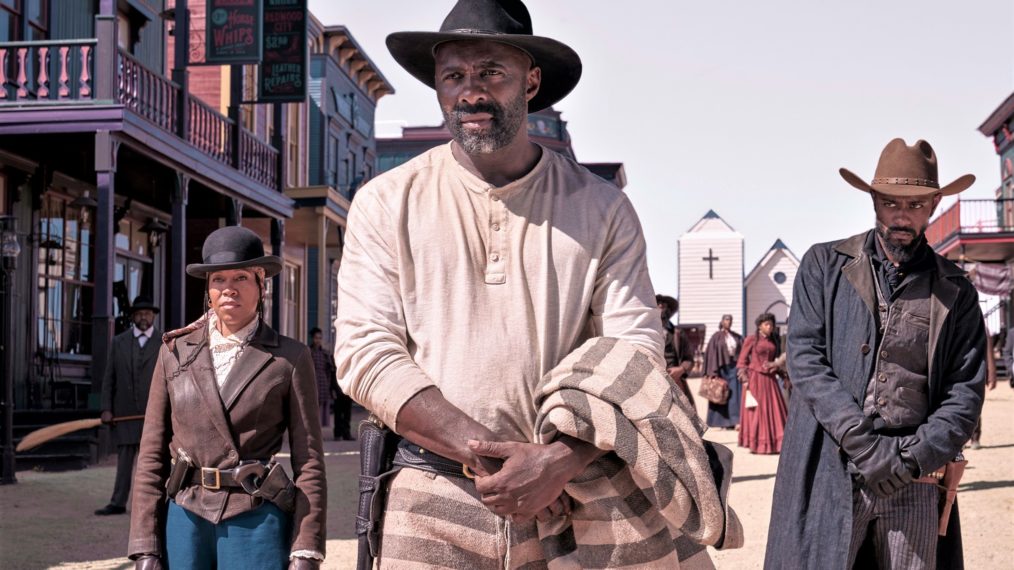#Study: Diversity in TV Casting Increasing, More Lead Roles for Women

Table of Contents
Study: Diversity in TV Casting Increasing, More Lead Roles for Women
Diversity in television casts has continued to improve, and women now make up a major portion of lead roles in broadcast, cable and digital series — but that may not remain the case.
This year’s Hollywood Diversity Report — now being published via UCLA’s newly structured Entertainment and Media Research Initiative — shows that there has been an increase in diversity since the 2019-20 season. However, researchers see signs that could predict a retreat in the industry’s gender and racial diversity initiatives, particularly on big-budget shows and writing positions.
“The next few years may be a true test of whether Hollywood is truly committed to the changes they promised during the nation’s reckoning on race following the murder of George Floyd,” Ana-Christina Ramón, co-author of the report, said.
The study found that shows like Netflix’s Bridgerton, CBS’ F.B.I. and TNT’s Snowpiercer, all of which feature diverse casts, continued to draw large, non-white audiences. And it doesn’t stop there. Social media engagement was highest among digital series that included more people of color, like Netflix’s The Chair, Disney+’s Loki and The Falcon and the Winter Soldier, and Hulu’s The Handmaid’s Tale, to name a few. Social buzz also peaked for broadcast scripted shows with casts that were from 31 to 40 percent minority.
Despite consumer interest in shows that feature majority-minority casts, actors of color were still underrepresented in lead roles on broadcast TV (27.4 percent) but nearly proportionally represented — relative to the U.S. population overall — in cable (39.6 percent) and digital (37.6 percent)
While companies are providing funds for high-concept shows, the report revealed that those opportunities weren’t equal for women and people of color, even though there were more minority and women show creators across all platforms than there were in the previous season.
“We saw an uptick in opportunity for people of color and women having their shows greenlit, which should be a marker of progress,” Ramón said. “However, when we examined the episodic budgets of all the TV series, we see a strong pattern indicating that shows created by people of color and women tended to receive smaller budgets than those created by white men, particularly in the digital arena.”
The study found that nearly one in two shows in which white men were credited as creators had budgets of more than $3 million per episode, whereas women and people of color had budgets less than that.
It also tracks the gender and race of people who have key jobs in broadcast, cable and digital. This year’s figures were improvements from last year’s, but they still fell short of proportionate representation for their respective groups.
“Diversity initiatives traditionally are the first to be sacrificed when there are economic downturns,” co-author Darnell Hunt said. “We’re already seeing it start with cutbacks at Warner and HBO. But rolling back efforts before equity has been truly achieved for women and people of color would be a major miscalculation.”
He continued, “Any cost-savings studios realize now will come at the expense of alienating increasingly diverse viewers who expect increased representation in their TV shows and do not make good business sense in the long term.”
If you liked the article, do not forget to share it with your friends. Follow us on Google News too, click on the star and choose us from your favorites.
For forums sites go to Forum.BuradaBiliyorum.Com
If you want to read more Like this articles, you can visit our Social Media category.



